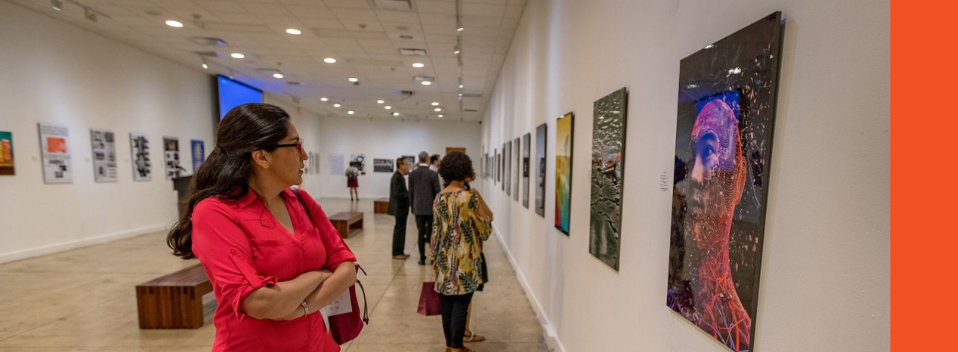
School of Art & Design Faculty Publications and Presentations
Document Type
Article
Publication Date
2021
Abstract
This collection of essays in the Diálogos Thoma issue, Latin American and Latinx Visual Culture 3.4, continue to share the research that has generated from the Congreso de Arte Virreinal “El futuro del arte del pasado,” an international symposium held in Lima, Peru in July 2019. This Diálogos Thoma continues these hemispheric and international conversations among scholars that began at the Thoma Congreso in 2019 and continued in LALVC 3.3. These essays in both issues contribute to the theoretical and methodological transformations in our field to create dynamic new trajectories for Spanish colonial art history to study the visual culture of Peru and colonial Latin America in the future. By challenging essentialist art histories and highlighting the unique and thriving native cultures that survived and flourished after the Spanish conquest, these essays highlight the visible and invisible presence of indigenous and Spanish American forms of art and invention that were often stylistically linked to European precedents but also intertwined in a much more complex colonial reality that disguised ethnic labels and complicated binary frameworks of analysis. Authors in this issue of the Diálogos Thoma examine regional art and non-European aesthetics to consider the historiographical implications of elevating colonial art and uncovering and valuing Indigenous and American artistic expressions through scholarly research and current museum exhibitions. -
Esta colección de ensayos del número 3.4 de los Diálogos Thoma continúa difundiendo las investigaciones que se realizaron en el contexto del Congreso de Arte Virreinal: el futuro del arte del pasado, un simposio internacional celebrado en Lima, Perú, en julio del 2019. En los presentes Diálogos Thoma, se da continuación a las conversaciones académicas hemisféricas e internacionales que se iniciaron en ese año, las cuales se publicaron parcialmente en el número 3.3 de Latin American and Latinx Visual Culture. Los ensayos de ambos números pretenden contribuir a las transformaciones teóricas y metodológicas de nuestro campo, que han creado nuevas y dinámicas trayectorias que permiten discutir la historia del arte virreinal, así como la cultura visual del Perú y de América Latina. Al cuestionar las historias del arte esencialistas y destacar las culturas nativas que sobrevivieron y florecieron tras la conquista española, estos ensayos ponen de relieve la presencia visible e invisible de formas de arte e invención indígenas y hispanoamericanas que estuvieron vinculadas estilísticamente a modelos europeos, pero que también se entretejieron en una compleja realidad colonial que disimulaba las etiquetas étnicas y complicaba los marcos analíticos binarios. Los autores del número 3.4 de los Diálogos Thoma examinan el arte regional y estéticas no europeas para considerar las implicaciones historiográficas de la revalorización del arte virreinal y las expresiones artísticas indígenas e hispanoamericanas a través de la investigación académica y exposiciones museísticas.
Recommended Citation
McAllen, Katherine Moore. "Devociones a través de los inventarios: identidades locales en la creación del arte en el Cusco y el Valle Sagrado." Latin American and Latinx Visual Culture 3.4 (2021): 95-106. https://doi.org/10.1525/lavc.2021.3.4.95
Publication Title
Latin American and Latinx Visual Culture
DOI
https://doi.org/10.1525/lavc.2021.3.4.95


Comments
© 2021 by The Regents of the University of California. All rights reserved. Please direct all requests for permission to photocopy or reproduce article content through the University of California Press’s Reprints and Permissions web page, https://www.ucpress.edu/journals/reprints-permission